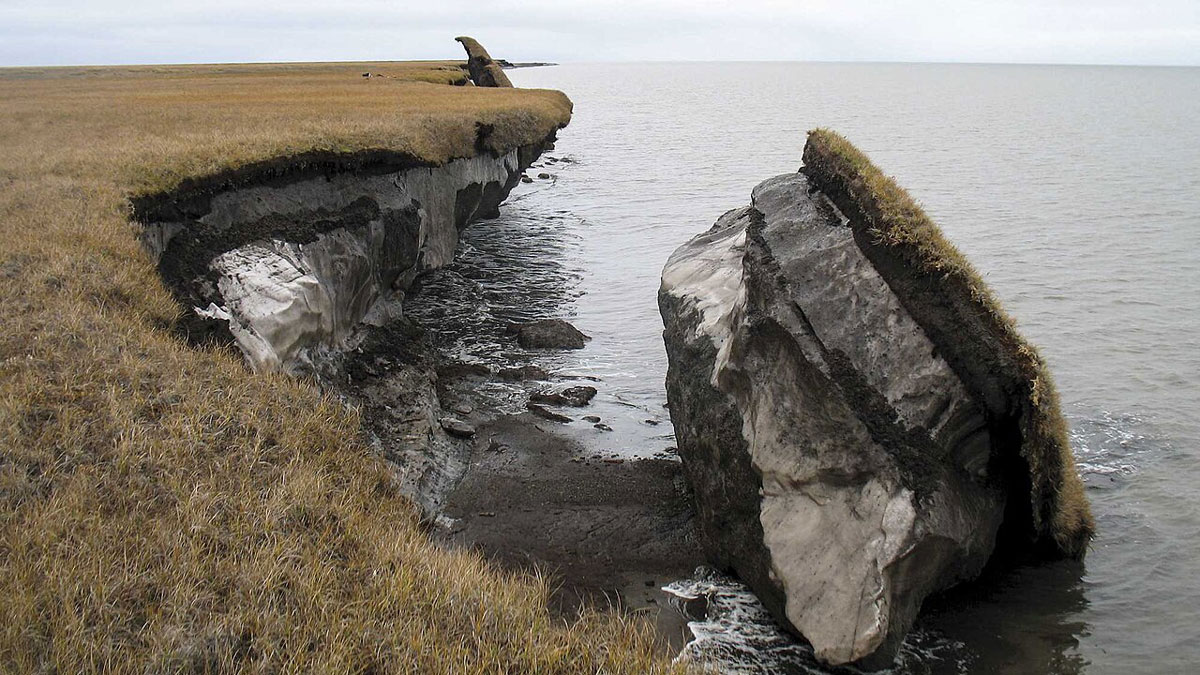
The melting of Arctic permafrost has long been one of the "tipping points" most feared by climate scientists. This is because when organic matter frozen for tens of thousands of years thaws and begins to decompose, it releases massive amounts of methane, a potent greenhouse gas, further exacerbating global warming.
Past models have mostly made the pessimistic assumption that in this process, "methanogens" (methane-producers) would dominate, leading to massive methane release in a vicious cycle.
However, the science news outlet Eos recently reported on a major study published in the authoritative journal Nature Communications, bringing a new perspective to this bleak forecast. Scientists have discovered that another key group of microorganisms exists in the thawing Arctic soil: "methanotrophs" (methane-eaters).
Key Research Finding: A Microbial Race
This new study points out that as the permafrost thaws, this group of "methanotrophs"—which use methane as their primary food source—are far more active than previously expected.
The research team found that, especially in the upper, moist regions of the thawed soil, methanotrophs demonstrated extremely high competitiveness. Their rate of methane consumption is, to a large extent, sufficient to "offset" the methane being produced by the methanogens in the layers below.
A Critical "Biological Buffer"
Simply put, when methanogens produce methane deep in the soil, this methane is "eaten" and converted by the methanotrophs in the upper layers before it can escape into the atmosphere.
This forms a critical "biological buffer," or a "natural methane sink." This means the net methane emissions actually released into the atmosphere from Arctic permafrost may be far lower than the pessimistic estimates from previous climate models.
Conclusion: Re-evaluating Climate Models
This finding is significant. While it does not mean the threat of Arctic methane has been eliminated, it reveals a surprising resilience within the natural ecosystem.
Scientists emphasize that future climate models must incorporate the buffering capacity of these "hidden allies"—the methanotrophs—in order to more accurately predict the true impact of Arctic thaw on the global climate.
圖片來源: Benjamin Jones/USGS/Flickr, Public Domain
資料來源: eos.org
來源網站: In Arctic Soils, Methane-Eating Microbes Just Might Win Out over Methane Makers - Eos
Disclaimer:
1.The articles compiled and published by this association on the Taiwan Net Zero Emissions Association's official website and in the Member Biweekly Report are for the purpose of introducing international environmental trends and for educational use only, not for profit.
2.Any legal responsibilities or losses resulting from the use or adaptation of articles translated by the association shall be borne solely by the user or adapter.
For more insights on net-zero emissions, feel free to subscribe to our biweekly newsletter:
https://www.tnzea.org.tw/eforms.php?lang=tw&tb=1


